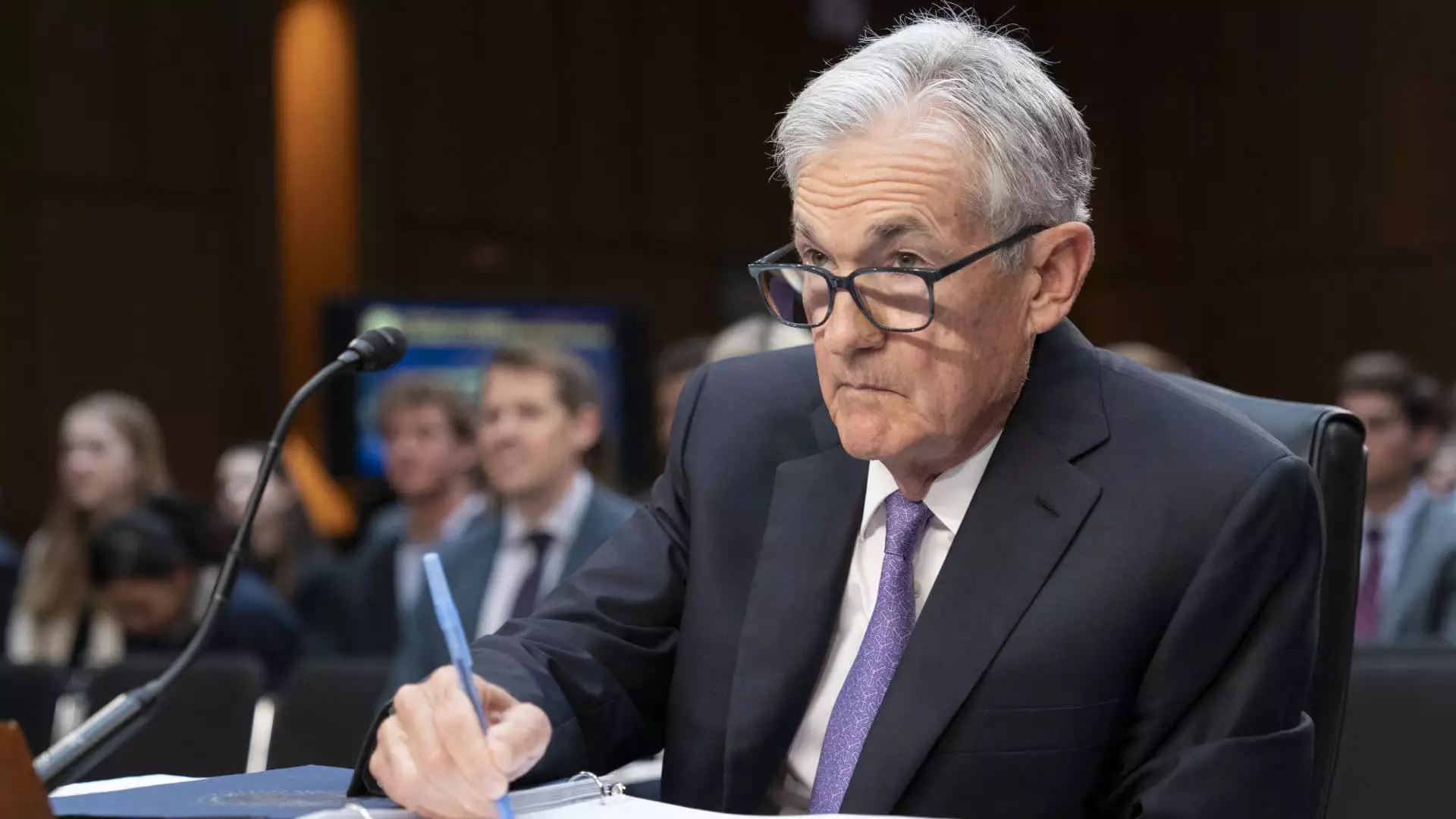As the Federal Reserve gets ready for its upcoming meeting, market expectations are focused on the future rather than the present. It is widely anticipated that the central bank will maintain short-term interest rates at their current levels, with the possibility of interest rate cuts starting in September. The key question on everyone’s mind is how aggressively the Fed will signal these impending rate cuts. There is a high level of certainty in the market that the Fed will approve its first rate reduction in over four years during the September meeting.
Market pricing plays a crucial role in determining the likelihood of a rate cut. Currently, there is a negligible probability assigned to a rate cut in the upcoming meeting. However, traders are eagerly awaiting signals from the Federal Open Market Committee that September could be the starting point for interest rate reductions. This strategic move is aimed at keeping options open and striking a balance between market expectations and actual policy decisions.
Many analysts, including those at Glenmede, anticipate that the Fed could continue with rate cuts at each of the three remaining meetings starting in September. This aligns with market expectations based on the CME’s FedWatch gauge. The Fed has various tools at its disposal to guide the market’s expectations without making explicit commitments. Subtle changes in language in the statement and well-prepared responses from Chair Jerome Powell during the press conference can help shape the trajectory of future policy.
One of the key drivers behind the potential rate cuts is the inflation data, which has been relatively favorable in recent months. Despite inflation remaining above the Fed’s target, there has been a noticeable decline from previous levels. The Fed’s preferred inflation measure, the personal consumption expenditures price index, showed a 2.5% rate in June, while the consumer price index indicated a 3% rate with a slight decline from the previous month. However, there is still uncertainty among Fed officials regarding the future trajectory of inflation.
The broader measures of economic growth, including GDP and employment data, continue to show strength. With GDP growing at a better-than-expected pace in the second quarter and a robust labor market, the Fed has room to be patient with its policy decisions. Despite the highest benchmark interest rates in over two decades, the central bank feels confident in the economy’s resilience. This positive outlook is a crucial factor in the Fed’s decision-making process.
Communicating the Fed’s intentions clearly to the market has been a challenge. While there is an expectation of a rate cut in September, the Fed is unlikely to provide a detailed roadmap of future policy moves. Central bankers are cautious about committing to a series of rate cuts and prefer to maintain flexibility in their approach. This cautious stance reflects the complexities of the current economic environment and the need for nuanced decision-making.
The upcoming Federal Reserve meeting is poised to set the stage for potential rate cuts in the coming months. Market expectations, inflation trends, and overall economic conditions will play a crucial role in shaping the Fed’s decision-making process. Clear communication and strategic guidance from the central bank will be key in managing market expectations and ensuring stability in the financial markets.

